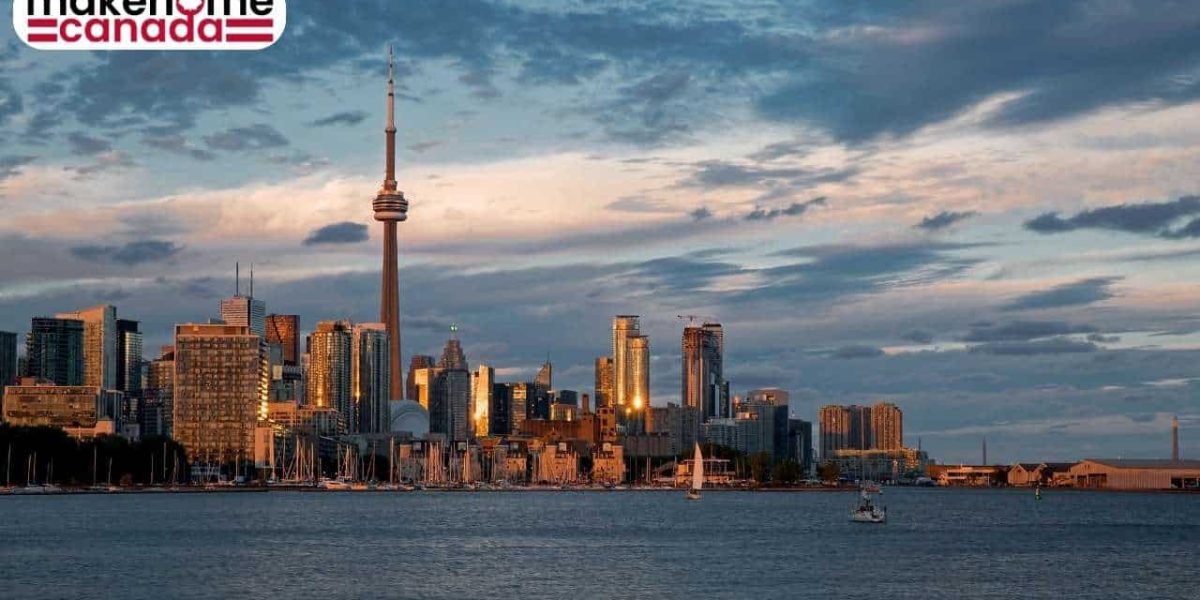The Canadian constitution states that immigration is a responsibility of the federal and provincial governments.
Initially, only a few immigration programs existed and usually, immigrants settled in urban places such as Ontario, British Columbia, and Quebec.
It was only after 1998 that the federal and provincial governments established a Provincial Nominee Program to make people aware of the benefits of immigration. With the introduction of PNP, it was expected that people would also start settling in other cities.
The Provincial Nominee Program has tremendously gained momentum and will continue to be a leading pathway in the coming years. 80,000 new immigrants can be expected to arrive each year.
How does the Provincial Nominee Program operate?
Immigration, Refugees, and Citizenship Canada confirm an individual’s permanent residency application and without their say, the decision cannot be finalized.
Provinces and territories operating individually are allowed to nominate those applicants who can make a place in the economy by largely contributing to it.
Base Provincial Nomination
Those who want to acquire a status of permanent residency in Canada can also directly apply to the province. Choosing to apply directly to the province is known as the Base Provincial Nomination Program.
With almost 80 PNP streams existing across Canada, the candidate will need to evaluate the best suitable program. The province has the right to decide whether an applicant is fit to receive a provincial nomination once it receives the candidate’s application.
Suppose a candidate stands successful with his or her application being accepted. In that case, they will require to submit a nomination letter along with their PR application to the Immigration, Refugees, and Citizenship Canada, or IRCC.
If you already exist in the Express Entry Pool but you require other pathways, even then you can apply for Base PNP.
Enhanced Nomination
Enhanced Provincial Nominee Program is a faster process of acquiring permanent residency status. A candidate is supposed to create an Express Entry profile once they become eligible under any one of the three economic immigration programs- the Federal Skilled Worker Program (FSWP), the Federal Skilled Trade Program (FSTP), and Candian Experience Class (CEC).
The provincial governments can access the Express Entry Pool and evaluate the candidates once they’ve created their profiles.
If they come across a candidate’s profile that is worth their province then they can show them interest through notification to let them apply for permanent residency status.
Next step after receiving the notification of interest
After the candidates accept the Provincial Nomination, they will need to apply for PNP separately.
Once the candidates meet the eligibility requirements for the province, they’ll receive a nomination letter which they can update in their Express Entry profile to get an additional 600 points under the CRS or Comprehensive Ranking System. The points guarantee that the Express Entry candidates will receive the invitation to apply from IRCC.
For the enhanced PNP, you will need to follow the steps below:
- Firstly, you must check your eligibility for Express Entry PNP.
- The next step will be to create an Express Entry profile on IRCC’s official website.
- After receiving the provincial notification of interest, accept it and apply for Provincial Nomination.
- Once you receive the Provincial nomination, it must be included in the Express Entry profile for an additional 600 CRS points.
- After you receive your invitation from the IRCC, you must send your PR application to IRCC.
- Make sure you pass a medical exam and get a police verification done.
- After being approved by IRCC, you will need to complete the PR process post your arrival in Canada.
Advantages and Disadvantages
The Provincial Nominee Program has several advantages including the Enhanced Nomination. Provincial Nomination under the Express Entry increases your chances of receiving an invitation for permanent residency status. Further, you will also be able to benefit from the standard processing time of 6 months, which is far better than the average processing time of 27 months for the Base PNPs.
The IRCCs Express Entry fees begin at $1,365 CAD with additional costs such as Biometrics, language tests, and ECAs. You will also pay an extra amount if a spouse or dependent accompanies you in immigration.
Canadian government’s PR fee
| Your application | Fees |
| Processing fee ($850) and right of permanent residence fee ($515) | $1,365 |
| Spouse or partner processing fee ($850) and right of permanent residence fee ($515) | $1,365 |
| Include a dependent child | $230 (per child) |
Several PNPs also have an application fee ranging from $250 to $1,500 depending upon the different programs.
PNP also requires you to pay the fee twice, firstly you need to pay for your application to be processed by the province, and secondly, for your PR application to be processed by IRCC. There are four jurisdictions that don’t charge any application fee for provincial nomination applications, they include Nova Scotia, Northwest Territories, Newfoundland and Labrador, and Yukon.
Fees for PNP in 2022
| Provincial Nominee Program (PNP) and Quebec | Application fee for the principal applicant |
| Alberta Advantage Immigration Program (AAIP) | $500 |
| British Columbia Provincial Nominee Program (BC PNP) | $1,150 |
| Manitoba Provincial Nominee Program (MPNP) | $500 |
| New Brunswick Provincial Nominee Program (NB PNP) | $250 |
| Newfoundland and Labrador Nominee Program (NLPNP) | $0 |
| Nova Scotia Nominee Program (NSNP) | $0 |
| Northwest Territories Nominee Program (NTNP) | $0 |
| Ontario Immigrant Nominee Program (OINP) | $1,500 |
| Prince Edward Island PNP (PEI PNP) | $300 |
| Quebec | $844 |
| Saskatchewan Immigrant Nominee Program (SINP) | $350 |
| Yukon Nominee Program (YNP) | $0 |
Conclusion
Applying for a Provincial Nomination and accepting its invitation are two different scenarios that depend upon the candidate’s individual circumstances. Therefore, the candidate must conduct thorough research, take an expert’s help, and then finalize the decision based on the budget, time duration, and budget.




